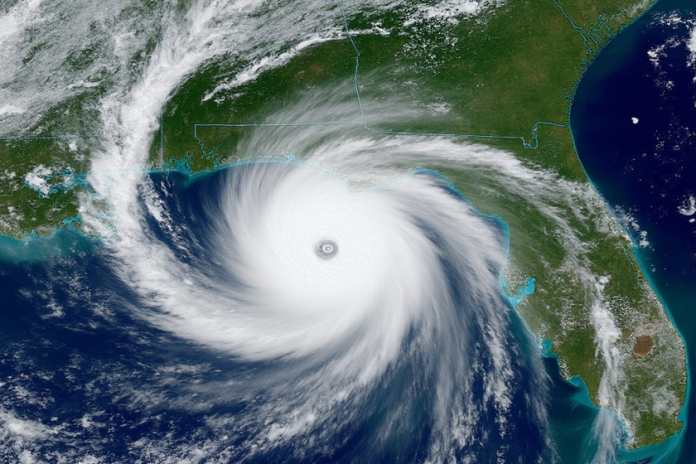Paul Lock is a DJ, music producer, and official remixer from North Wales. He gained prominence in the electronic music scene with his track “What You Do,” which was released as an original mix in 2021.

Paul Lock specializes in creating electronic dance music, particularly in the deep house and techno genres. His passion for DJing began in 2001 when he acquired his first set of Technics turntables.
Since then, he has developed his skills as both a DJ and a music producer, creating original tracks and remixes.
This track, released in 2021, and exists in multiple versions, including:
The original mix
A remix by Dimitris Athanasiou (shown above)
Availability
The song is available on various platforms, including YouTube and Spotify. He has a SoundCloud account where fans can listen to his work.
Paul Lock began his journey into music production around 2016-2017. He started by learning to produce in a new genre (deep house and nu disco) that he wasn’t previously familiar with.
Initially inspired by Funky House, his love for club music grew over time, eventually leading him to try his hand at producing his own music in the studio.
Lock embarked on this new phase of his career while also managing significant life changes, including securing a new job, moving to a new house, and becoming a father to twins. He also started with no industry contacts and had to learn many new skills related to music production.
Despite these challenges and a busy schedule, he managed to make significant progress in the music industry within just three years, becoming known in the deep house and nu disco scenes.
Lock has been successful in developing his own unique style in nu disco and deep house, characterized by “luscious chords, emotional melodies, and Paul’s signature banging bassline”. He also began releasing music on labels such as Deep Disco Records and Deep Territory Records.
Lock is an artist who transitioned from DJing to music production later in his career, quickly gaining traction in the electronic music scene through determination and hard work.
Learn more about Dimitris Athanasiou
Learn more about Studio PEPPER Sound








Donald Trump holds rally at Madison Square Garden
Donald Trump held a campaign rally at Madison Square Garden in New York City on Sunday, October 27, 2024. This event marks a significant moment as Trump, a former New York businessman and the 45th President of the United States, chose this iconic venue for what has been described as a personal and strategic move.
Madison Square Garden, often referred to as “The World’s Most Famous Arena,” was selected for its symbolic value. Trump has long expressed interest in holding a rally there, viewing it as both a personal triumph and a media spectacle. This choice underscores Trump’s affinity for high-profile venues that garner significant attention.
While New York is considered a blue state, Trump’s rally there might serve multiple purposes beyond just campaigning in a state he’s unlikely to win. It could be aimed at energizing his base, gaining media coverage, and making a statement about his enduring popularity and influence, even in what’s seen as unfriendly territory.
The event featured a lineup of notable figures from the political and entertainment worlds. Speakers included Trump’s running mate, JD Vance, along with figures like Elon Musk, Tucker Carlson, and even former political adversaries like RFK Jr. and Tulsi Gabbard, indicating a broad coalition or at least a diverse array of supporters or curious attendees.
Sources from across the internet have highlighted a massive turnout for this event, with Madison Square Garden reaching capacity and thousands more lining the streets. The atmosphere was described as electric, with supporters eagerly waiting for Trump’s speech, reflecting the event’s significance as a rallying point for his campaign.
The rally was live-streamed, indicating Trump’s strategy to reach not just those in attendance but also a broader national audience. This approach leverages the media’s attention to communicate directly with supporters and undecided voters across the country.
Trump’s rally in NYC, especially in a venue as iconic as Madison Square Garden, can be seen as both a vanity project and a strategic campaign move. It serves as a reminder of Trump’s business roots in New York, his ability to command media attention, and potentially, an attempt to influence down-ballot races by energizing local Republican voters and candidates.
General commentary, so far, around the event, showed a mix of excitement from Trump supporters, who viewed it as a pivotal moment showcasing their candidate’s enduring appeal, and skepticism or criticism from others who questioned its impact on the actual election outcome.
The Donald Trump rally at Madison Square Garden appears to be serving multiple purposes for Trump’s campaign: it’s a spectacle, a political statement, and an opportunity to reinforce his narrative directly to his base and the broader public, all while leveraging one of the most recognized venues in the world for maximum impact.